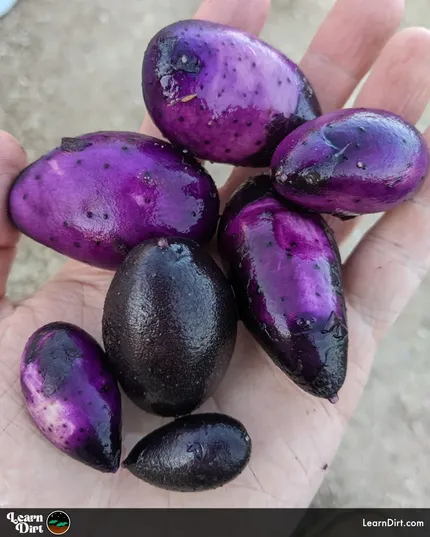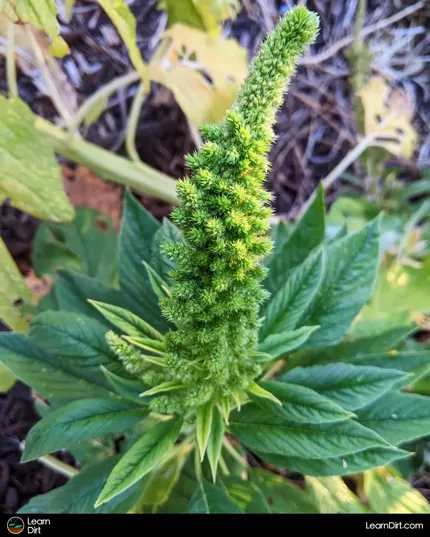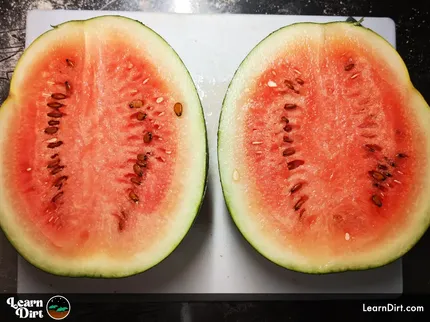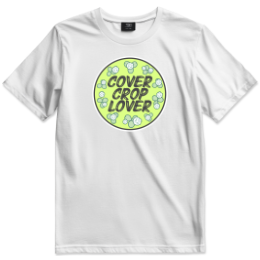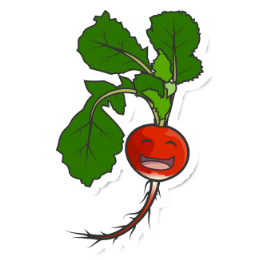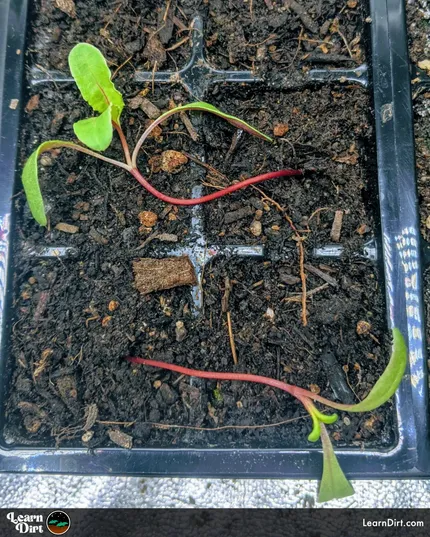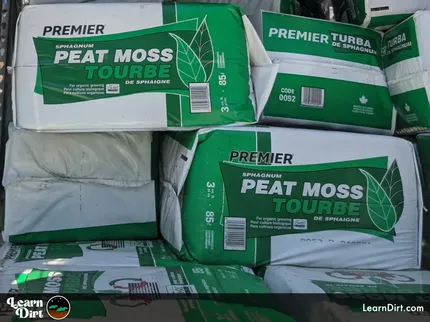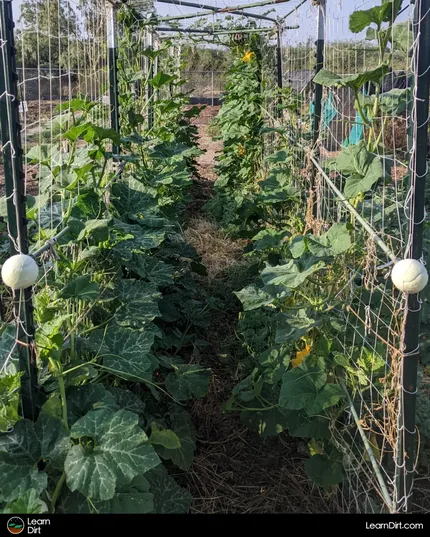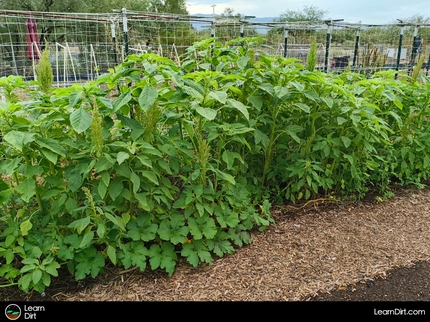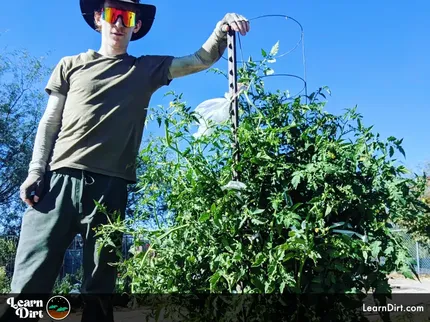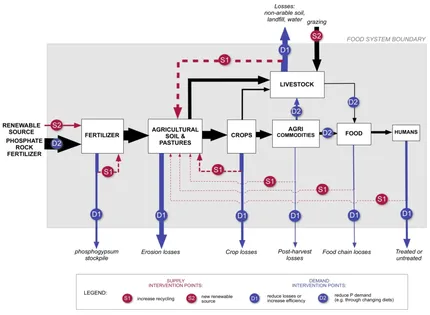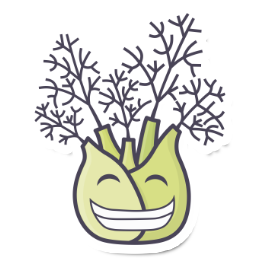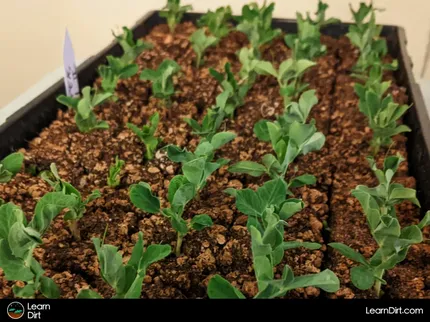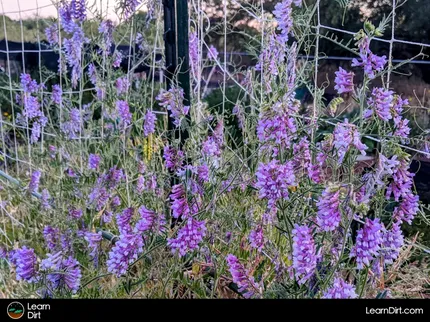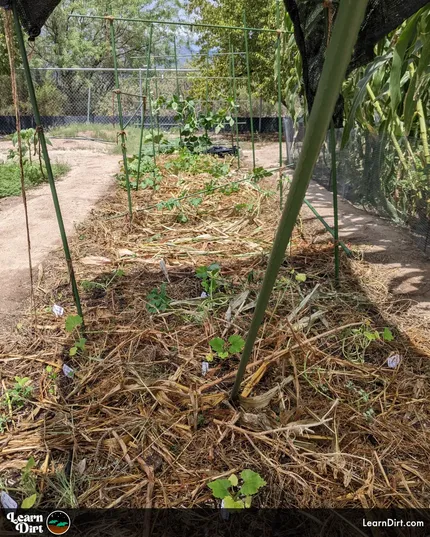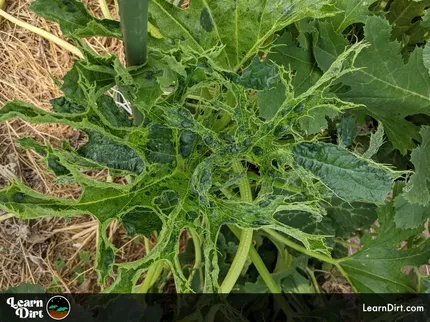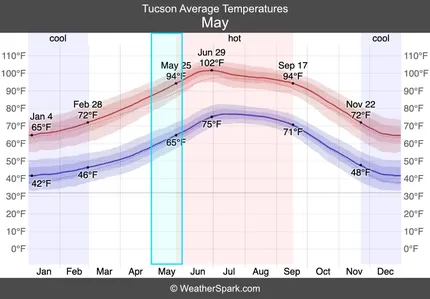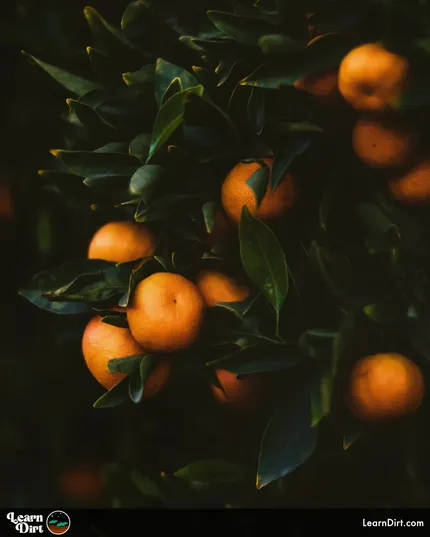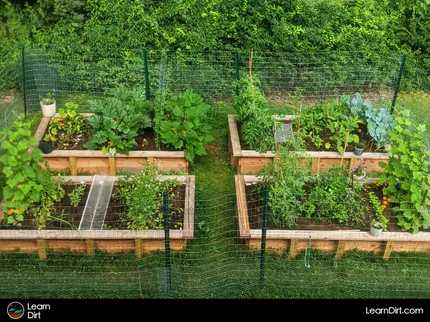Table of Contents
* Our articles never contain AI-generated slop *
How Does Corn Pollinate?
Like many cereal grains and grasses, corn grows in dense stands in windy places - where its pollen will carry for long distances ( sometimes many miles).
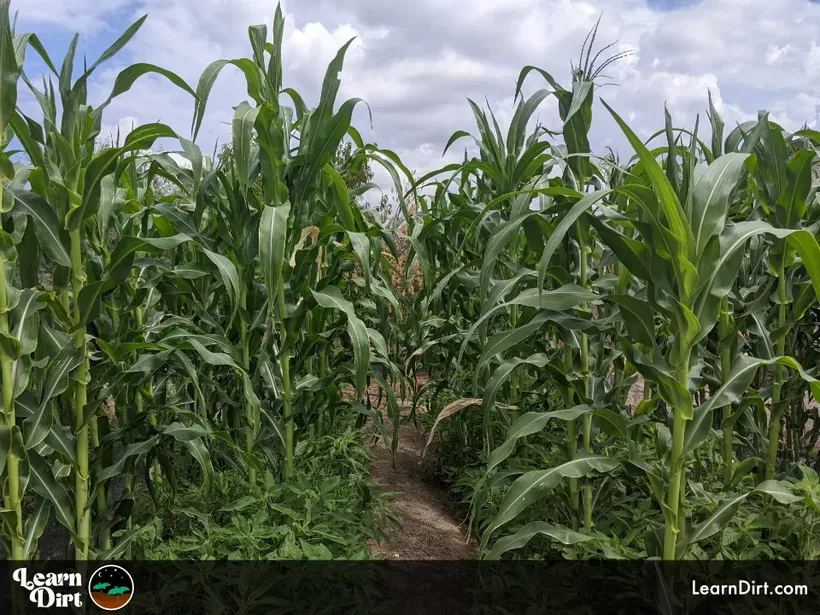
lush from monsoon rains
Wind-pollination, known as anemophily, is generally considered to have adapted in places and times when pollinators were not so abundant. Lack of natural pollinators can definitely provide evolutionary pressure for anemophily to appear.
Additionally, we see wind-pollination in plants which have adapted to large open windy places like prairies, grasslands, and savannahs. Likely this is because relying on wind does not require the energy to produce nectar needed to attract pollinators. These open windy spaces reduce the need for reliance on pollinators, likely pushing evolution towards wind-pollination.
Disclaimer: This post may contain affiliate links. Refer to the privacy policy for more information.
Finally, wind-pollinated grasses and cereals grow very densely, and in extremely large number. These enormous populations and high density make wind-pollination much more viable.
Corn likely adapted to be pollinated by the wind because of a combination of these factors.
Do You Have to Hand-Pollinate Corn?
If you're growing just a few stalks in a small garden, you might find the need to hand-pollinate your corn because the lack of volume could hinder pollination.
Hand-pollinating corn makes much more sense in small polyculture situations like gardens, rather than large commercial monocrops where pollination rates are much higher and hand-pollination is not an option.
Numerous other reasons could force the need for hand-pollinating corn too. For a full list, How Do I Pollinate My Corn by Hand?
-Ensure that your corn has both silk and tassels. Join The Grower's Community
Your space to connect, learn, and belong 🌱
-Crease your construction paper a little, then use it like an envelope below your tassels. Tip your tassel down over the paper and shake! You should see lots of pollen collect on the paper - which you wouldn't be able to see on white paper. Be careful not to lose the pollen to the wind or drop it. -Now you can pollinate your silks by tipping your creased construction paper onto them carefully. Each silk strand corresponds to one kernel - so if you want a full cob you've got to try to pollinate as many silks as you can. Just shake the pollen right onto the silks and do you best not to miss many of them. That's it, your corn how now been hand-pollinated. Have yourself a great ear-rearin' season!Supplies Needed
Pollination Steps
Check It Out!
Considerations
That's all for now, thanks for reading!
If you have any questions, comments, or would like to connect with fellow gardeners, head on over to the forum and post there.
